As the world population grows, the need for new construction also increases. Construction companies are looking for solid and durable materials to meet this demand.Precast concrete has become a leading choice among construction professionals, thanks to its many benefits.The use of precast concrete can speed up the construction process while still delivering a high-quality product. This blog post will look closely at why precast concrete is becoming a more popular construction material.
What is Precast Concrete?
Precast concrete is a construction product produced by casting concrete in a reusable mold or “form,” which is then cured in a controlled environment, transported to the construction site, and lifted into place. Precast concrete has been used since the early 20th century and comes in various shapes and sizes.Everyday precast products include lintels, beams, columns, wall panels, floor slabs, staircases, septic tanks, and drainage pipes.
Precast concrete is a versatile construction material used for various projects.It is solid and durable, making it ideal for projects that require a high level of durability.Additionally, it is cost-effective and can be installed much faster than traditional construction methods.
What are the benefits of precast concrete construction?
There are many benefits to using precast concrete for construction projects.
1. Superior Quality
Precast concrete is known for its superior quality. The casting process ensures that the concrete is of the highest quality and that all the ingredients are properly mixed. The curing process takes place in a controlled environment, which helps to prevent any cracking or warping.This results in a high-quality product that is strong and durable.
2. Cost-effective
Precast concrete is also cost-effective. Using prefabricated concrete modules can speed up the construction process, reducing labor costs. Because precast concrete is manufactured in a factory setting, the waste and spoilage associated with on-site casting are eliminated.This makes precast concrete an economical choice for construction projects of all sizes.
3. Faster Installation
Precast concrete can also be installed much faster than traditional construction methods. Septic tanks, Lintels, beams, columns, and wall panels can be installed in minutes rather than hours or days.This speedier installation process can save construction companies time and money.
4. Versatile Construction Material
Precast concrete is a versatile construction material used for various projects.It is solid and durable, making it ideal for high-traffic areas or projects that require a high level of durability. It is cost-effective and can be installed much faster than traditional construction methods.
5. Reduced Environmental Impact
The use of precast concrete also has a reduced environmental impact.Precast concrete products are manufactured in a factory setting, eliminating transportation to the construction site.This reduces CO2 emissions and makes precast concrete environmentally friendly for construction projects.
6. Durable
Precast concrete is incredibly durable, which is why it is becoming a more popular construction material.It can withstand harsh weather and extreme temperatures, making it a perfect choice for projects in any climate. Precast concrete is resistant to corrosion and other forms of damage, making it a durable option for your construction project.
7. Greater Design Flexibility
Precast concrete can be cast into various shapes and sizes, making it ideal for many construction projects.Pre-cast concrete can be stained or painted to match the surrounding environment. This flexibility makes precast concrete the perfect choice for various construction projects!
8. Enhanced Safety
Traditional construction methods can be dangerous, but precast concrete is much safer.The manufacturing process takes place in a controlled environment, so there are fewer opportunities for accidents to occur. Concrete is less likely to crumble or collapse during construction, enhancing safety.
9. Improved Aesthetics:
Precast concrete can be cast into various shapes and sizes, so it can be used to create aesthetic appeal. Pre-cast concrete can be colored or textured to match the surrounding environment.
10. Increased Energy Efficiency:
Precast concrete is an excellent insulator, so it can help to keep a building warm in the winter and cool in the summer. This increased energy efficiency can save money on heating and cooling costs.
How does precast concrete speed up the construction process?
Precast concrete is a type of construction material that is created by casting concrete in a reusable mold.This process is completed in a factory setting, which allows for better quality control and a faster overall production time.Precast concrete offers several advantages that can help speed up the construction process, unlike poured concrete, which is cast on-site.
In most cases, precast concrete objects are installed using a crane, meaning workers do not need to mix and pour concrete on-site. Precast concrete can be produced in large quantities, reducing construction time.
Lastly, precast concrete can be produced in various shapes and sizes, making it ideal for residential and commercial construction projects.
Disadvantages of Precast Concrete
Though precast concrete has many advantages, there are also a few disadvantages associated with this type of concrete.
1. Precast concrete is not as customizable as other construction materials.
While it is possible to cast precast concrete in various shapes and sizes, there are limitations to what can be customized.This may not be ideal for some construction projects that require a high level of customization.
2. The installation process can be complicated and time-consuming.
To install precast concrete, workers need to use a crane to lift the objects into place.This process can be complicated and time-consuming, delaying the overall construction project.
3. Precast concrete is often more expensive than other construction materials.
Since precast concrete is produced in a factory setting, it can be more expensive than other construction materials that are mixed on-site.
4. Precast concrete is not as durable as other construction materials.
While precast concrete is durable, it is not as durable as other construction materials such as poured concrete or brick.
5. Precast concrete can be susceptible to weather damage.
Precast concrete can suffer weather damage if it is not adequately protected from the elements. This can lead to costly repairs down the road.
6. Requires Special equipment
Precast concrete requires special equipment, such as a crane, to install.This can add to the overall cost of the construction project.
7. There is a risk of poor-quality control.
Since precast concrete is produced in a factory setting, there is a risk of poor-quality control. This can lead to defective products that do not meet the required standards.
8. There is a risk of accidents during the manufacturing process.
The manufacturing process of precast concrete can be dangerous, and there is a risk of accidents.
9. Precast concrete objects can be challenging to transport.
Precast concrete objects are often large and heavy, making them difficult to transport. This can lead to damage during shipping and handling.Despite these disadvantages, precast concrete is still famous for many construction projects.
When deciding if precast concrete is the right choice for your project, carefully weigh the pros and cons. Only you can decide if the advantages of precast concrete outweigh the disadvantages.
Closing Comments
Precast concrete is a versatile construction material used in various applications.When deciding if precast concrete is the right choice for your construction project, carefully weigh the pros and cons.Only you can decide if the advantages of precast concrete outweigh the disadvantages.


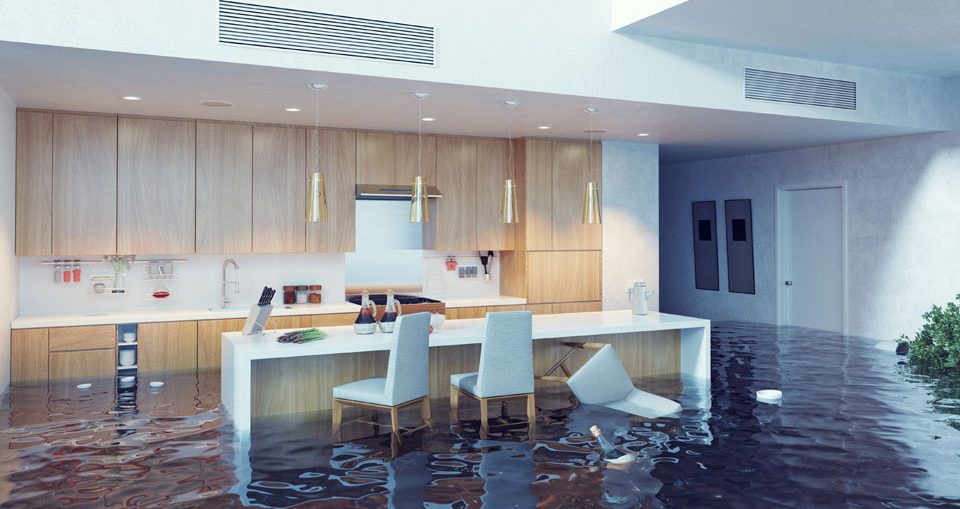

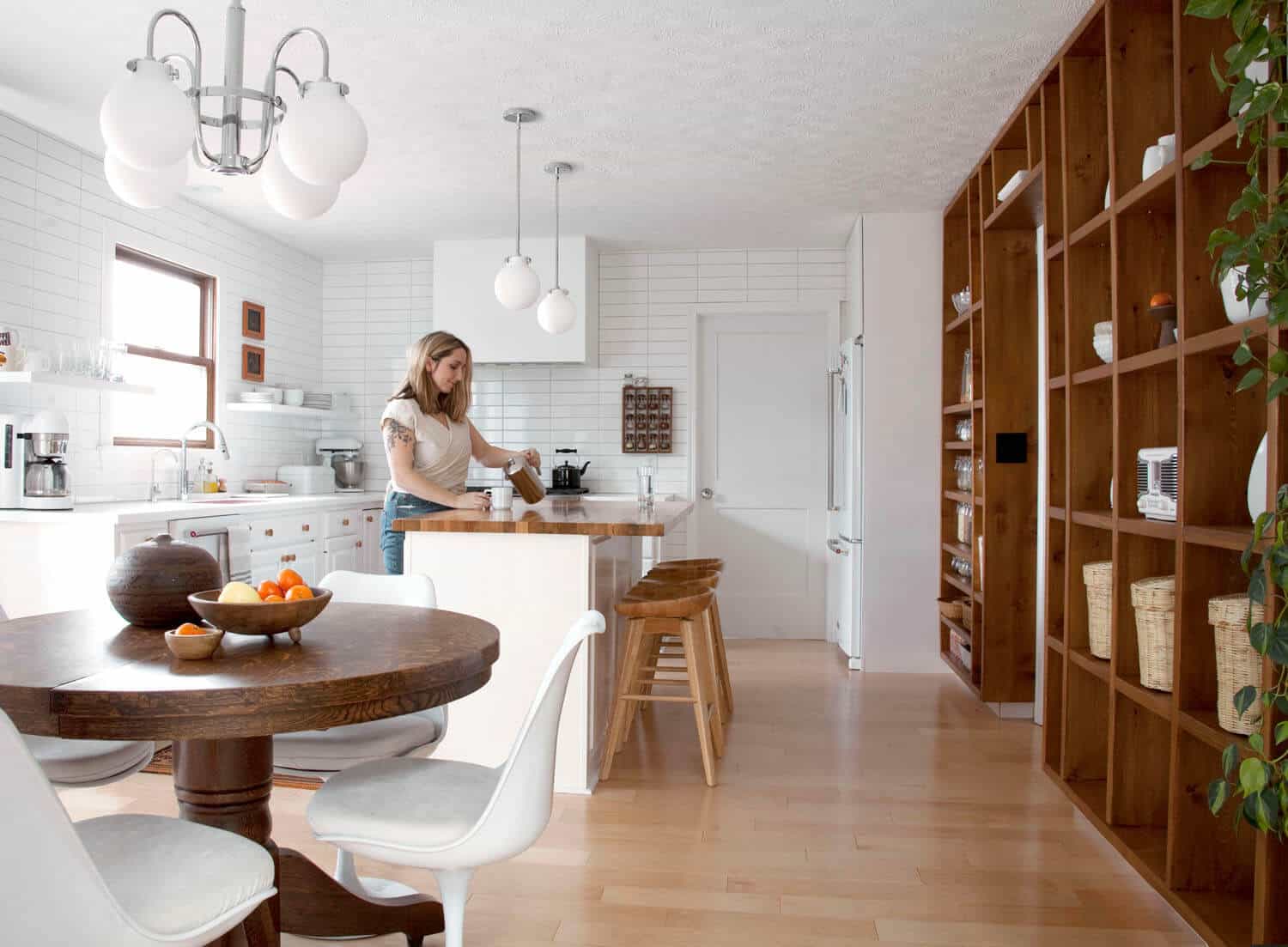
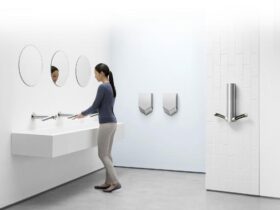
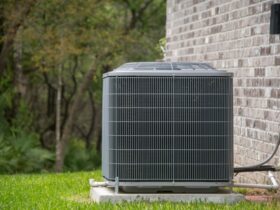


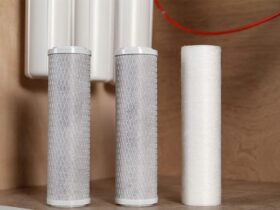





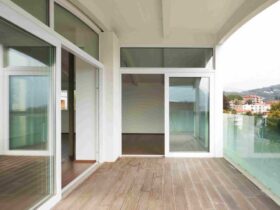

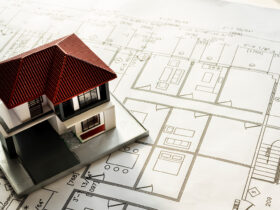
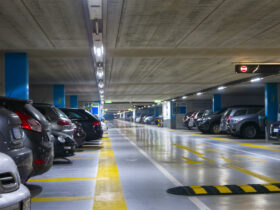
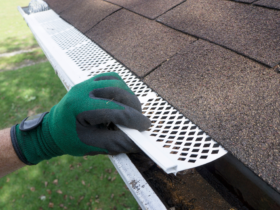


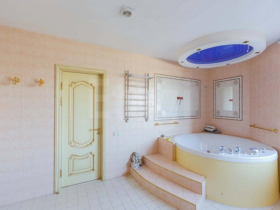








Leave a Reply